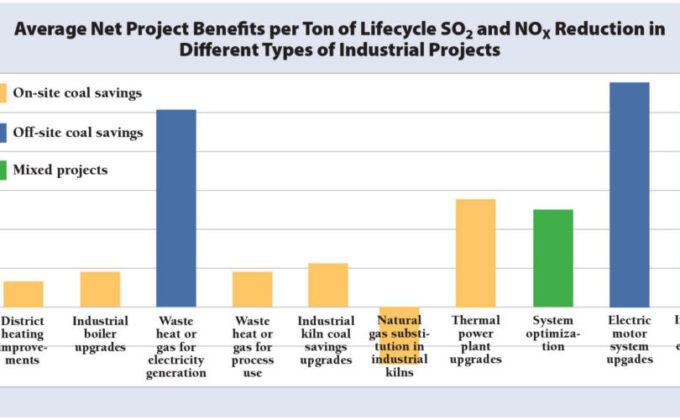
Knowledge Center
We believe that sharing our expertise and collaborations in clean energy policy is how real, effective change happens.
From reports and policy briefs, to webinars and podcasts—RAP advisors have built an extensive collection of resources providing in-depth analysis and practical solutions to today’s energy challenges.
Filter >>
Content Filter:
It is time for jurisdictions serious about moving to a new utility model to transition from a rate-of-return structure to direct performance regulation. It will help utilities move to cleaner energy, energy efficiency, and their corollaries: customer-friendly and… View Summary +
This report, produced by RTI International, provides guidance on U.S. best practices in air quality planning and recommendations intended to assist Jiangsu Province and the three pilot cities with developing the next generation of air quality plans. Control strategies are… View Summary +
Energy efficiency projects, despite their financial attractiveness and air-pollution-reducing benefits, often face institutional and technical barriers. In China, which has both severe air pollution and a sophisticated set of nationwide energy efficiency programs, more still needs to be… View Summary +

In this RAP webinar, Michael Hogan describes the role of power markets in supporting a least-cost transition to a reliable, low-carbon power system. He addresses: T… View Summary +
Pollution control systems in the United States and European Union rely heavily on permitting as a key regulatory vehicle for limiting emissions, coordinating local decisions with national targets, and ensuring compliance. Transparent and consistent operation of environmental permitting systems promote a… View Summary +
Mounting research suggests that aggressive electrification of energy end uses—such as space heating, water heating, and transportation—is needed if the United States and the world are to achieve ambitious emissions reduction goals for carbon dioxide. This concept, the electrification of… View Summary +
RAP has filed comments with the National Association of Regulatory Utility Commissioners (NARUC) regarding the organization’s recently-released draft Distributed Energy Resources Compensation Manual. In the comments, RAP commends NARUC for undertaking this… View Summary +
The original agreement to develop the Regional Greenhouse Gas Initiative (RGGI), following a 2005 memorandum of understanding, included a provision for a “comprehensive review” of all aspects of the program. The successful experience of this program review illustrates… View Summary +
Die Grunderwerbsteuer stellt im Gebäudesektor ein Hindernis für Effizienzinvestitionen beim Eigentumsübergang dar. Denn energetische Sanierungen vor dem Verkauf erhöhen die Grunderwerbsteuer und sind deshalb weder für den Verkäufer noch für den Käufer des Gebäudes attraktiv. Um die Gelegenheit des Verkaufs… View Summary +
The National Academy of Engineering designated electrification as the 20th century’s greatest engineering achievement, beating the automobile, computers, and spacecraft. This conclusion is hardly surprising when one considers the intricate web of wires that connects every… View Summary +
With the continued deployment of intermittent zero-marginal-cost generation technologies such as wind and solar, Europe’s power systems are undergoing a fundamental transformation. This deployment, together with the reduced energy demands brought about by the recent economic recession, has led to… View Summary +
One of the essential components of competitive wholesale electricity markets is market monitoring—the process by which producers and consumers can be assured that power markets are functioning effectively and that power market prices have been set due to costs, values, and… View Summary +
In most countries of the world, power generation dispatch is done on an “economic” basis. In China, however, grid companies use dispatch methods that often are not based on an economic approach. This is a major obstacle to meeting… View Summary +

